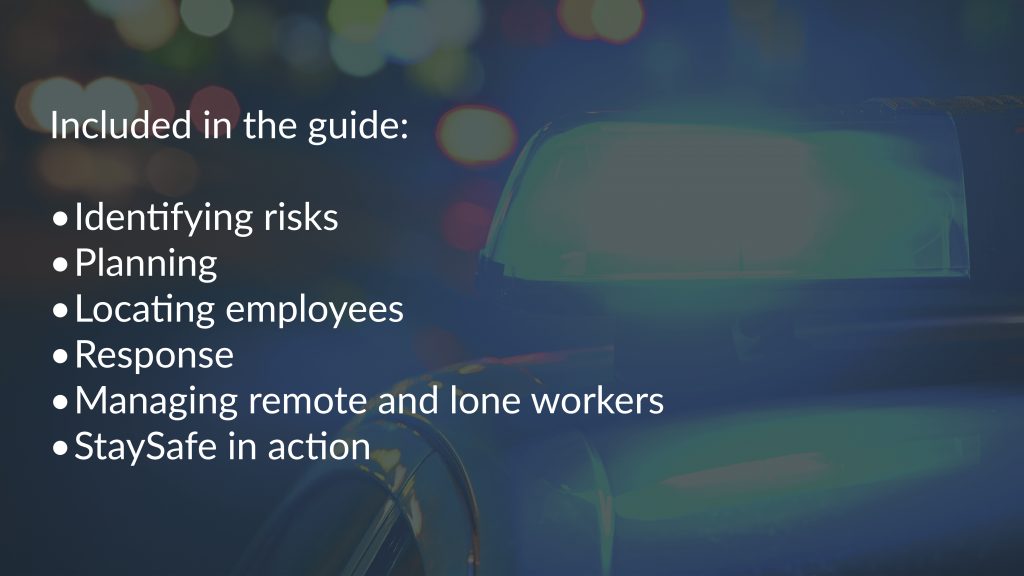Free guide: Protecting staff in an emergency

Best practice advice to ensure staff are protected in an emergency
While we all hope that disasters don’t occur and thankfully they rarely do, planning for a disaster or emergency can help keep employees safe and reduce company down time.
Disaster management allows you as the employer to comply to health and safety laws and ensure the business continues to run as effectively as possible.
To help you protect your most important assets, we have produced a short guide to protecting and managing your employees in an emergency.
[email-download download_id="8103" contact_form_id="3150"]







